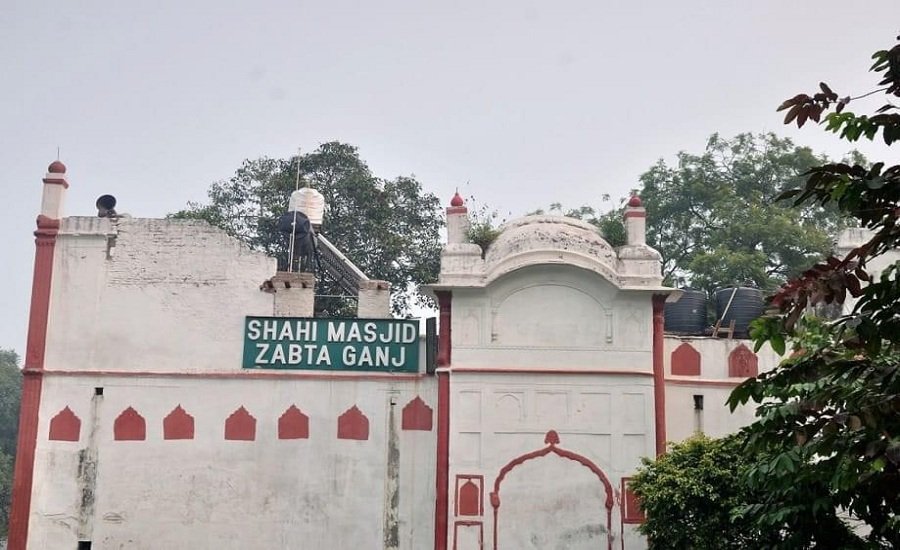
Sri Krishna Janmabhumi Mukti Aandolan Samiti tells court to make the offer part of previously filed application
Team Clarion
NEW DELHI— A Hindu Outfit has moved a court in Mathura with an offer of a larger piece of alternative land to Muslims if they demolish the 17th century mosque Shahi Masjid that they alleged exists inside the Katra Keshav Dev temple complex.
News agency PTI reported that Sri Krishna Janmabhumi Mukti Aandolan Samiti president and advocate Mahendra Pratap Singh told the court that the committee managing Shahi Masjid would be offered a piece of land larger than the one on which Shahi Masjid Idgah stands.
They offered that they will give more land even outside the boundary of Chaurasi Kos Parikrama if the Masjid committee demolishes the mosque on its own and hands over the land to the Samiti for the temple.
The submissions were made before civil judge II Aupam Singh on Tuesday as the senior judge was on leave. The counsel of the Samiti told the court to make the application part of the already filed application in December 2020 seeking removal of Shahi Masjid on the contention that it allegedly stands on temple land.
Hindutva groups maintain that the mosque was built by Mughal emperor Auragnzeb in 1669-70 after demolishing a temple near the birthplace of Krishna, a major deity in Hinduism. They have been campaigning for years for the removal of the mosque to establish the temple at the spot.
According to a 1967 deal between Shree Krishna Janmasthan Seva Sansthan and Shahi Idgah Management, the mosque and the temple were allowed to exist adjacent to each other. But now these petitions seek the ratification of the deal which has triggered resentment among Muslims who see the petitions as a part of the ploy of radical Hindu outfits against historical Muslim sites. They say the petitions violate the 1991 Places of Worship Act enacted after demolition of Babri Masjid to safeguard the status of places of worship as they stood on August 15, 1947, the day India got independence from Britain.

